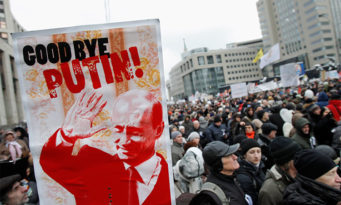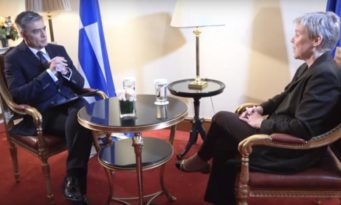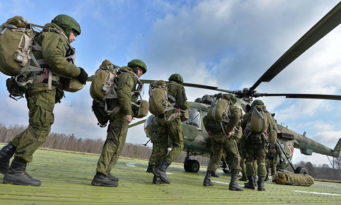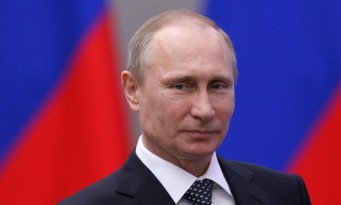Modernizing Deterrence Key Focus of NATO Ministerial
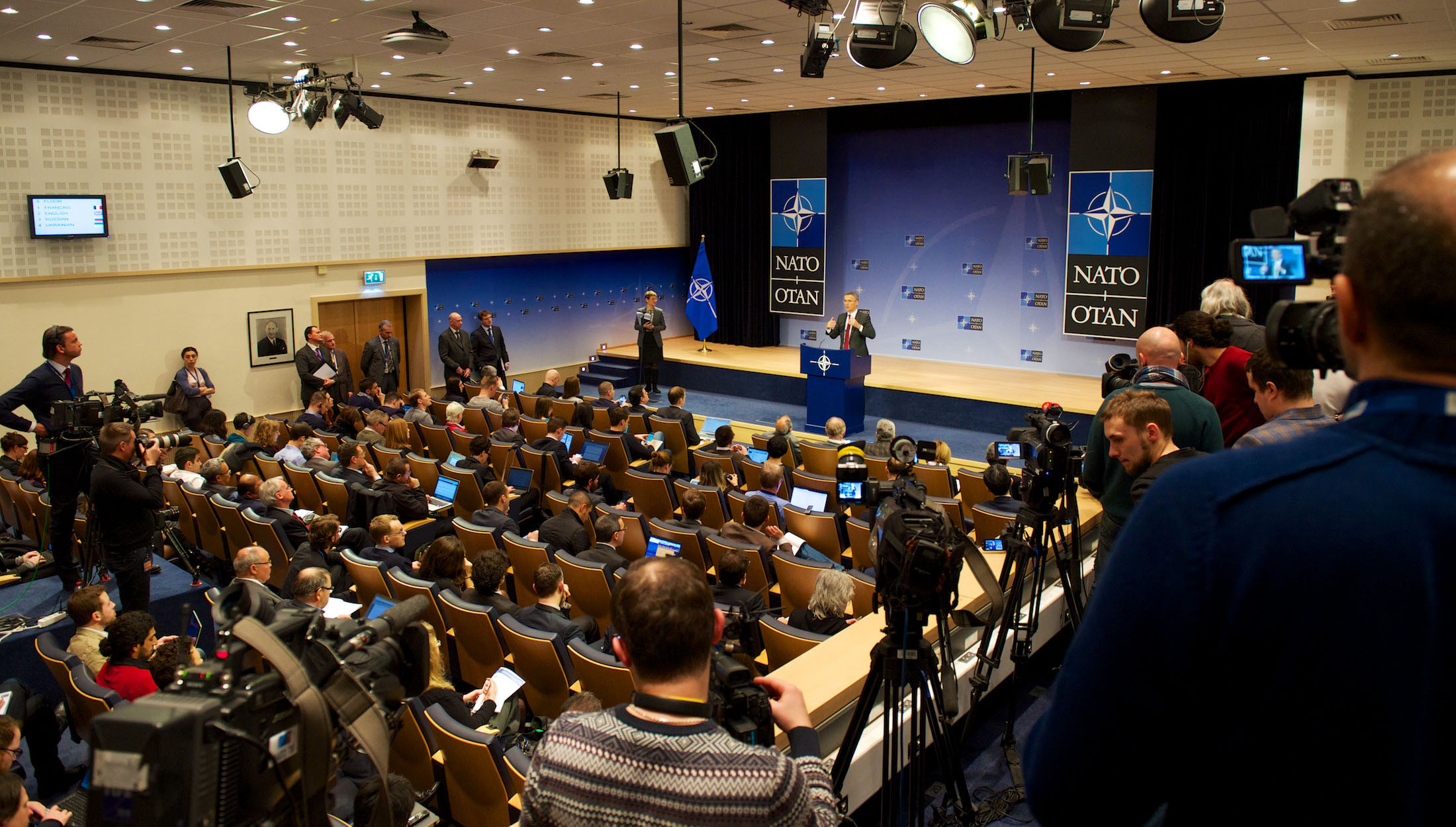
- By defencematters
U.S. Permanent Representative to NATO, Douglas Lute talks about the role the offset strategy played in the history of the Alliance and the rising access-denial bubbles.
Octavian Manea
Launched in 2014 by U.S. Secretary of Defense Chuck Hagel, the third offset strategy initiative was massively boosted under the leadership of his successor Ashton Carter. It is at the core of the Pentagon’s FY 2017. Historically, an offset strategy was essentially about providing the U.S. with key competitive advantages that are able to ensure America’s overall military edge and strengthen its deterrence potential as a consequence.
In this context Defence Matters asked the U.S. Permanent Representative to NATO, Douglas Lute, about the role that the offset strategy played in the history of the Alliance and what NATO could do in order to offset the impact that the rising access-denial bubbles in Kaliningrad and Crimea have on the ways the Alliance reassures its Eastern Flank. This is the Ambassador's reply:
Ambassador Lute: There is an argument that at least three times in Alliance history significant technological gains have led to a significant shift in strategy, and historically the first such shift for NATO was the development and deterrence value of nuclear weapons. So this is back, all the way back to NATO’s founding.
The second technology shift was a shift in the mid-1960s into the mid-1970s where precision conventional weapons tended to offset the nuclear stalemate.
The third such strategy is now discussed among some officials as something that’s happening right now, and this is the notion of cyber capabilities, of electronic warfare capabilities, of further precision-guided capabilities, all combining to suggest that we may be at another strategic shift.
One of the things that’s cited as an example of this, this third offset, if you will, is the Russian capabilities that we see deployed in Kaliningrad, for example, or increasingly in the Crimean Peninsula, where the Russian deployment combines precision-guided surface-to-surface strike capabilities; it brings sophisticated air defense capabilities; sophisticated electronic capabilities all to one place in an effort to be able to assert influence out into international sea space and international airspace.
So this question of the third offset strategy is very much a topic of discussion, and I think NATO’s response to these kinds of modern capabilities is very much what we mean by 21stcentury deterrence.
So how do we offset Russian moves? We offset it by modernizing deterrence as I described earlier in my comments that run all the way from national resilience all the way through the nuclear deterrent capability. So it’s very much a discussion that’s going on in Washington and it influences NATO thinking.







